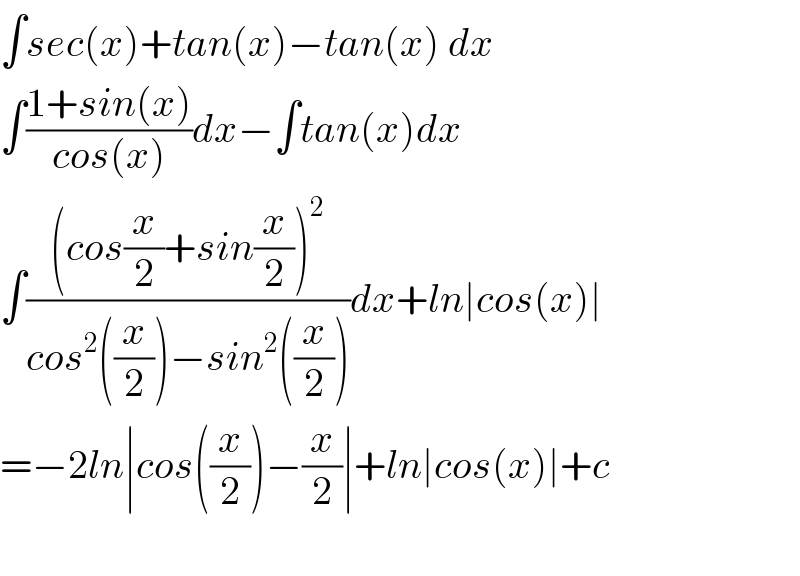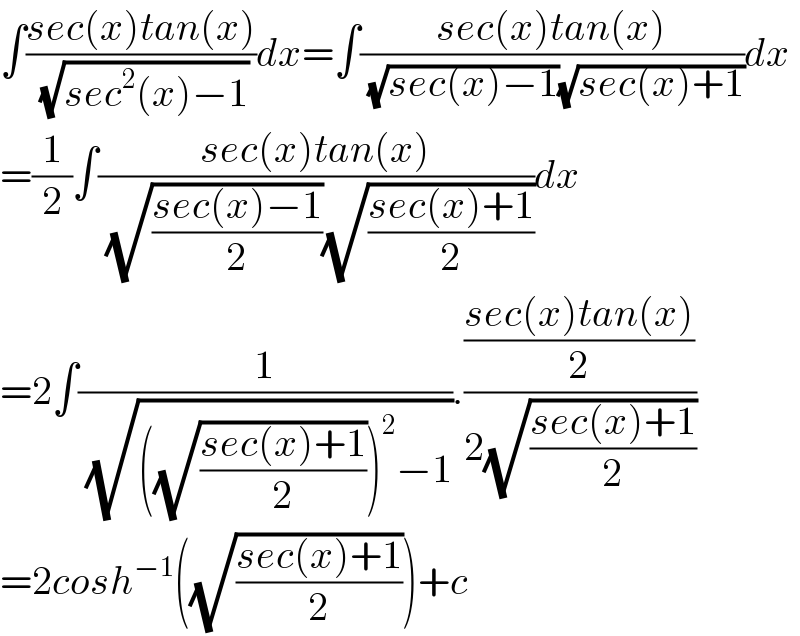Question Number 96613 by s.ayeni14@yahoo.com last updated on 03/Jun/20

Answered by M±th+et+s last updated on 03/Jun/20

Commented by s.ayeni14@yahoo.com last updated on 03/Jun/20

Answered by M±th+et+s last updated on 03/Jun/20

Answered by M±th+et+s last updated on 03/Jun/20

Answered by M±th+et+s last updated on 03/Jun/20

Answered by M±th+et+s last updated on 03/Jun/20

Answered by M±th+et+s last updated on 03/Jun/20

Answered by M±th+et+s last updated on 03/Jun/20

Answered by M±th+et+s last updated on 03/Jun/20

Answered by M±th+et+s last updated on 03/Jun/20

Answered by M±th+et+s last updated on 03/Jun/20

Answered by M±th+et+s last updated on 03/Jun/20

Answered by M±th+et+s last updated on 03/Jun/20

Answered by Rio Michael last updated on 03/Jun/20

